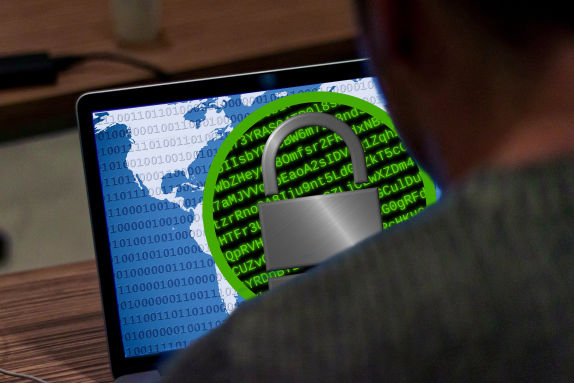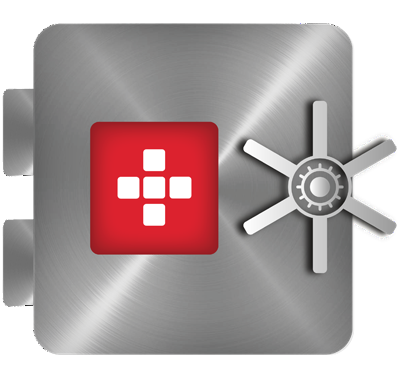A LITTLE HELP AGAINST RANSOMWARES (BIS) ? - June 2020
Back in 2017, we were talking about the landmark attack by WannaCry. We have gathered more help in case your screen is locked by a ransomware.
A ransomware will typically lock the screen of your computer and require a ransom against a key for the decryption of your files, which you can no longer access otherwise. By all means: never accept to pay this ransom, that would be the end of us all.
Some solutions exist. Start by determining the type of ransomware that you are a victim of.
• Encrypting ransomware: encrypts your files and makes them unavailable. A daily backup of your data would solve the issue.
• Scareware: intended to scare you. They threaten to harm your system if you don’t pay a ransom. Most anti-malware will be able to get rid of them and you can access your files from another computer or OS.
• Screen locking ransomware: this type of attack seems to make a return after the ‘success’ of WannaCry. It holds your data hostage and it seems almost impossible to intervene in any manner.
Here are some tools to get rid of these ransomwares and unlock your files:
• Trend Micro’s Ransomware Removal Tool: for Windows PCs.
• Kaspersky’s Ransomware Decryptor Site: to decrypt some files.
• Hitman Pro The Kickstart: an anti ransomware by SurfRight.
Prevent them:
• Update Windows. Now. And say goodbye to Windows XP or even 7.
• With the help of your firewall, block ports 445, 139 and 3389.
• Use a secured online backup solution such as the one proposed by OCIM
More info: https://www.nomoreransom.org/
An excellent article on that very same subject at Cloudwards : https://www.cloudwards.net/what-is-ransomware/


